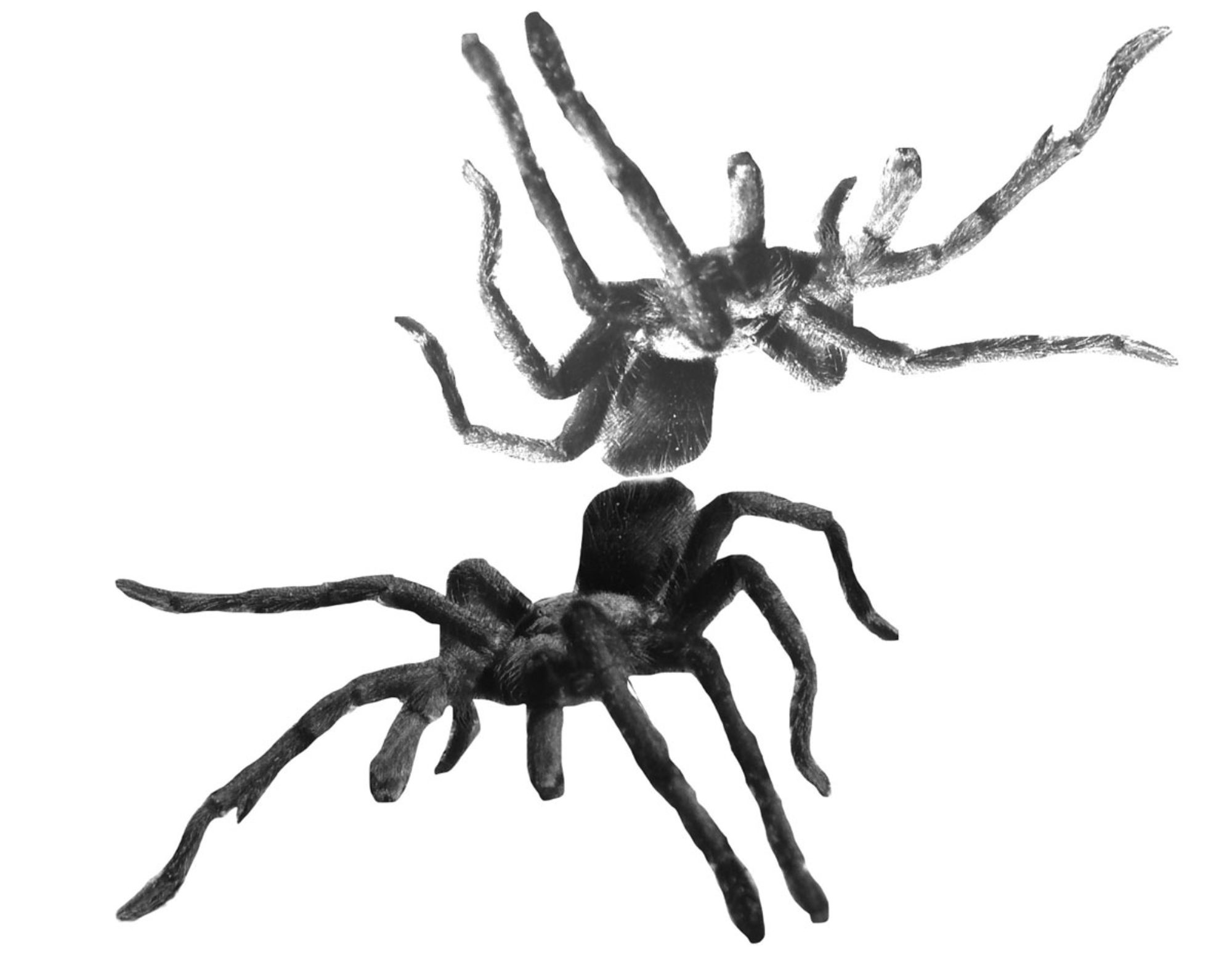We will be interviewed during the National Coalition Against Censorship’s live virtual benefit about our experience with censorship and our work with the National Coalition Against Censorship. The NCAC has been an invaluable ally to us, and to so many other artists addressing critical issues of our times, and we are honored to support them at this important event. Join us if you can / donate if you’re able! The benefit begins at 6:30 pm EST on Wednesday, Nov. 11th.
CIRCA at the University of Maryland Baltimore County
Asha Canalos will be discussing the zines, censorship, and CODA, and joining fellow colleagues from the Tool Book Project for ‘CIRCA Presents: The Tool Book Project: Collaborative and Community Engaged Art,’ a panel organized by Editor/Curator of Tool Book, Sarah Sharp, at the University of Maryland Baltimore County. Please join us from 6:00-8:00 pm EST on Thursday, Oct. 29th!
Emerging Conversations with The University of Arizona
We’re excited to be presenting on the zines, our censorship battle, and our upcoming project, The Chronicle of Disappeared Arts, at ‘Emerging Conversations,’ an online symposium created by The University of Arizona, on Saturday, Oct. 24th.
Artists Accuse New Mexico Museum of Art of Censoring Anti-fracking Work
The museum blames misunderstanding, but zine artists say tribal perspectives on oil and gas were silenced.
By Elizabeth Miller March 31, 2020
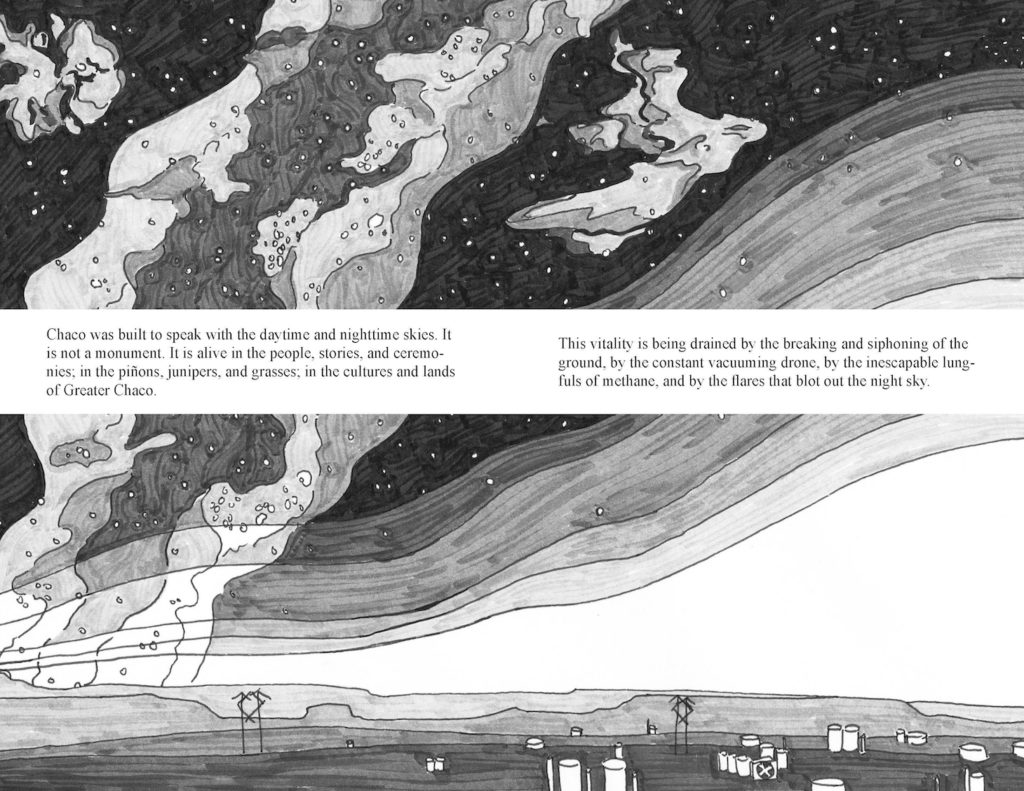
SANTA FE, New Mexico — Each year, Jeanette Hart-Mann takes her art students to northern New Mexico’s oil and gas fields. Not enough people understand what that development looks like, she insists, so she uses the University of New Mexico’s Land Arts of the American West program, which she is the director of, as a chance for students to experience it and create art in response. In 2018, Hart-Mann, her students, and guest artist Asha Canalos spent a week camping in the desert within sight of an oil and gas well. They met with indigenous community members upset by effects to their air, water, and quality of life, and toured the nearby UNESCO World Heritage site at Chaco Canyon, a place sacred to multiple tribes. Using paint, pencils, and solar-powered laptops and printers, they produced zines reflecting what they saw and heard.
“They were trying to make visible the invisible, and what happens? They get disappeared, too,” Hart-Mann told Hyperallergic.
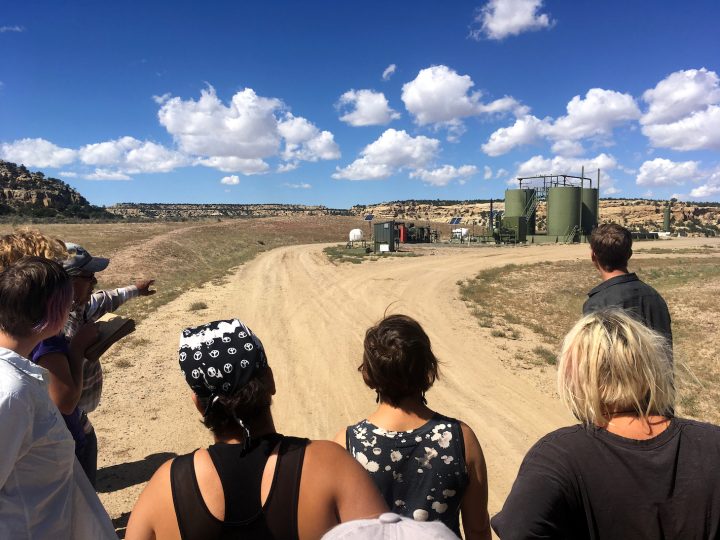
A New Mexico Museum of Art curator requested copies of one of the zines to include in the exhibition Social and Sublime: Land, Place, and Art, but ultimately, the zine did not appear in the show. Museum staff attribute the change to reduced space and say regrettable misunderstandings arose around it. But Canalos and Hart-Mann say their work was removed from the state-funded museum’s exhibition for challenging an industry that dominates New Mexico’s economy. The National Coalition Against Censorship suggests the treatment infringed on their First Amendment rights and has encouraged the museum to reaffirm its commitment to artistic freedom.
Members of the Greater Chaco Coalition, a network of Native organizations and public lands advocates fighting fracking near Chaco Canyon, had shared their stories with the students and shown them around the landscape, and the organization was also helping to circulate the zines. The museum’s invitation was a welcome chance to reach a wider audience, Canalos told Hyperallergic. When most of the museum’s copies were returned to them without clear explanation, she and Hart-Mann filed an open records request for more information.
Emails that request produced included New Mexico’s Secretary of Cultural Affairs Debra Garcia y Griego (who did not respond to repeated interview requests), forwarding a response from legal counsel.
“All the poetry in the zine relates to what would unmistakenly [sic] be interpreted as political commentary on fracking,” the message reads. “If we distribute the zine it would be considered using state property to support the political cause of the Greater Chaco Coalition, something we are not authorized to do.”
Michelle Gallagher Roberts, the museum’s acting executive director, said their legal counsel misunderstood, thinking museum staff planned to hand zines to visitors, rather than make them available to pick up. They’d asked an attorney about the zines only because state funds were paying to print them, Roberts said. But Canalos and Hart-Mann said, and their emails show, they fundraised to cover printing costs.
Curators then cut space for Social and Sublime to extend a different exhibition, Roberts said. By the time the legal concerns were resolved, the zines no longer fit. Instead, they joined the education center for an exhibition on the Glen Canyon Dam, she said, which similarly dealt with political issues around land use.
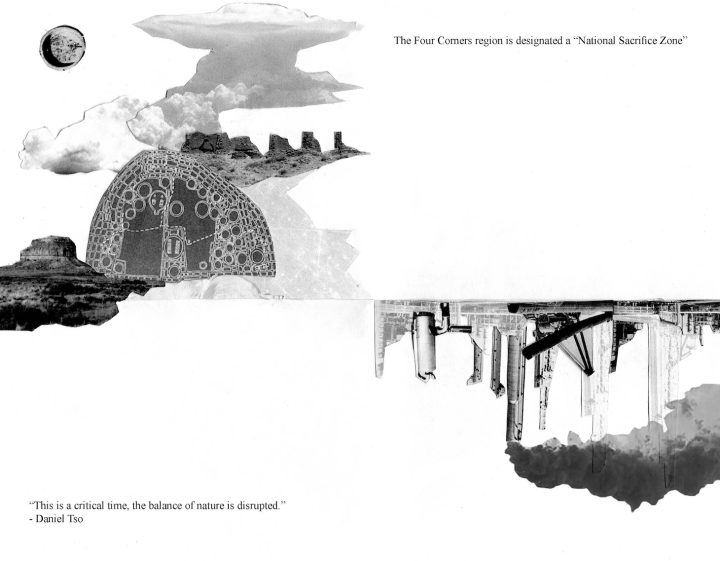
“By that point, Jeanette and Asha, I think, were mistrustful because of our miscommunication, and we were really sorry about that miscommunication,” Roberts said. “There was never an attempt on our part to censor their point of view.”
New Mexico ranks third in the nation for oil and gas production, and royalties from that industry provide roughly 40 percent of the state budget, including funding for the museum’s staff and building maintenance. A vast majority of those oil wells are hydraulically fractured, or fracked. Nothing in the public records shows issue-specific pressure, but Canalos remains convinced the industry influenced their treatment.
“This is state that has an incredible extraction history,” she said. “It’s clear that we’re kind of held hostage by that.”
On March 16, Svetlana Mintcheva, director of programs with the National Coalition Against Censorship, emailed Roberts and the Cultural Affairs Secretary. New Mexico’s financial dependence on the oil and gas industry may make condemnations of that industry controversial, she wrote. Still, she continued, “A publicly funded institution cannot discriminate against specific political positions, no matter how unpopular: such discrimination would violate the First Amendment.” She offered to help craft an inclusive mission statement, suggesting that as a good use of time with museums closed to avoid spreading coronavirus. Roberts declined.
Roberts said she has “never received official pushback” on controversial topics, adding, “We have always advanced a balanced perspective.”
Canalos and Hart-Mann are circulating a petition and posting updates on their website. Indigenous community members who collaborated on the zine, Canalos said, are “incensed.” Beata Tsosie Peña, a member of the Santa Clara Pueblo and Tewa Women United, a tribal women’s health nonprofit, said in a statement, “The museum needs to issue an apology and explicitly state in their policies that they do not discriminate or censor art for political content, especially when it is true artistic collaboration that reflects the societal issues of our time, and is lifting up the voices and perspectives of this place.”
National Coalition Against Censorship Urges NM Museum of Art to Protect Artistic Freedom
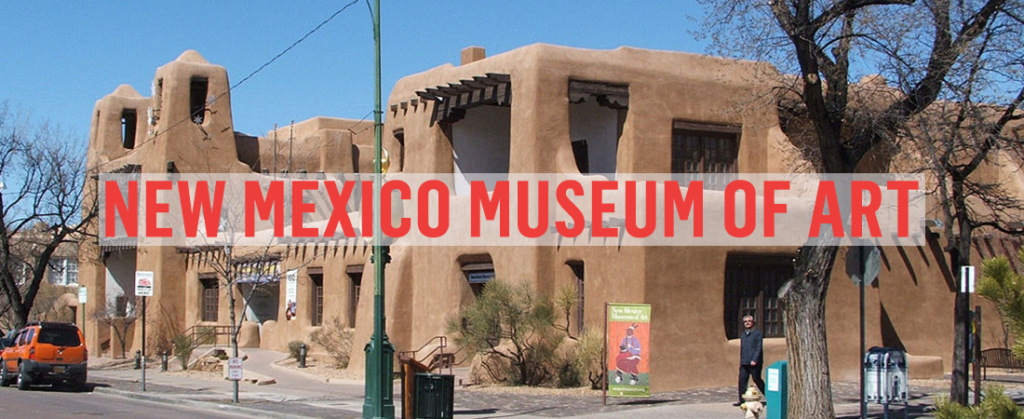
New Mexico Museum of Art Urged To Reaffirm Artistic Freedom After Removing Project on Fracking
The New Mexico Museum of Art chilled artistic freedom by removing a poetry zine from an environmentally-focused exhibition, entitled The Social & Sublime: Land, Place, and Art, during the show’s run last year. The zine focused on the impact of fracking and the museum claimed it was removed because it contained political commentary. The Arts Advocacy Program at the National Coalition Against Censorship urges the New Mexico Museum of Art (MOA) to take the incident as an opportunity to develop clear policies affirming artistic freedom.
Museums today are important sites of civic conversation about social and political, as well as aesthetic, issues. That is why it is very disturbing that, upon the recommendation of the New Mexico Department of Cultural Affairs (DCA), MOA removed the poetry zine from the exhibition. A collaboration between artists from the Land Arts of the American West project, visiting artist Asha Canalos and local community organizers from the Greater Chaco Coalition, the zine was removed for the only reason that “all the poetry in [it] relate[d] to…political commentary on fracking”.
The Social & Sublime: Land, Place, and Art exhibition focused on “issues of land use, expansion and border conflicts, and industrialization and the conservation of natural resources.” These are all clearly political issues, which, as the exhibition description states, are explored through lenses “ranging from the purely formal to the politically engaged.” A zine dedicated to poetry about the impact of fracking on the local community neatly fits within the parameters of the show. Indeed, a number of works in the show also took political positions, as art often does.
The DCA claimed that distributing the zine “would be considered using state property to support [a] political cause.” The department mistakenly referred to a governmental conduct act prohibiting “a public officer or employee from …using property belonging to a state agency or allowing its use for other than authorized purposes.” Contrary to what DCA appears to believe, exhibiting art with a political position does not mean that a museum is supporting that position. Otherwise none of our public cultural institutions would be able to give space to any work that takes a position on any relevant political subjects: discussions of war, immigration, climate change, public health, economic disparities and many other subjects would be off limits. The very exhibition of which the zine was a part would not be possible.
It seems clear, then, that the concern was not the fact that the work took a specific political position, but the nature of that position. The zine is a condemnation of the devastating impact of the fossil fuel industry, and specifically fracking, on communities, ecological systems, and the climate within New Mexico. In a state highly dependent on the fossil fuel industry, this is a controversial position. But a publicly-funded institution cannot discriminate against specific political positions, no matter how unpopular: such discrimination would violate the First Amendment.
We are aware that the zine was later included as a resource in the museum. That, however, does not change the initial fact of the removal and does not provide any clarity as to MOA’s exhibitions policy. Therefore, we urge MOA, in collaboration with DCA, to adopt a formal policy affirming artistic freedom, including the right of artists to voice political opinions without fear of being silenced. The museum should also make it clear that exhibiting political artwork does not mean that the institution itself endorses specific political positions. This is the only way MOA can remain a site of encounter with new and radical ideas, a site where social and political dialogue happens, not become a place of pure entertainment governed by political censorship.
We will be delighted to help MOA develop such a policy, as we have done with other institutions. Today’s health crisis – which is also a political and economic crisis – is also an opportunity for art institutions to re-evaluate their social role and reconfirm their position as indispensable sites of civic conversation. We hope MOA takes this opportunity.
The above letter was sent to the Acting Executive Director of the New Mexico Museum of Art.
Please Sign Our Petition!
We’re still collecting signatures on our petition to the New Mexico Department of Cultural Affairs and the New Mexico Museum of Art!
We demand that the NM Department of Cultural Affairs and NM Museum of Art adopt a meaningful and clear formal policy affirming artistic freedom. This policy should make it abundantly clear that the museum is not endorsing specific political opinions by exhibiting ‘political’ artwork. Additionally, the policy should expressly include the right of artists to voice social, political, and environmental opinions without fear of being silenced.
Please click on this link to go to our petition and sign. And please help us spread the word! Let others know that we can all take a stand together!
National Coalition Against Censorship Allies
We recently spoke with the National Coalition Against Censorship to discuss censorship of the Greater Chaco Art Zines and strategize approaches to build public awareness of this issue and prepare for our final petition push. NCAC have been powerful advocates for us and we look forward to continued work together. Thank you NCAC!
Here is a statement from NCAC about this censorship issue:
“Museums today are important sites of civic conversation about social and political, as well as aesthetic, issues. That is why it is very disturbing that the New Mexico Department of Cultural Affairs (DCA) recommended the removal of a poetry zine from The Social & Sublime: Land, Place, and Art, an exhibition at the New Mexico Museum of Art (NM MOA), because “all the poetry in the zine relates to…political commentary on fracking”. The DCA claims that distributing the zine “would be considered using state property to support [a] political cause.” DCA referred to a governmental conduct act prohibiting “a public officer or employee from …using property belonging to a state agency or allowing its use for other than authorized purposes.”
The exhibition focused on “issues of land use, expansion and border conflicts, and industrialization and the conservation of natural resources.” These are all clearly political issues, which, as the exhibition description states, are explored through lenses “ranging from the purely formal to the politically engaged.”
A zine dedicated to poetry about the impact of fracking on the local community neatly fits within the parameters of the show. Indeed, a number of works in the show also took political positions, as art often does.
It seems clear, then, that the concern was not the fact that the work took a specific political position, but the nature of that position. Created as a collaboration between artists from the Land Arts of the American West project, visiting artist Asha Canalos and local community organizers from the Greater Chaco Coalition, the zine is a condemnation of the devastating impacts of fossil fuel industries, and specifically fracking, on communities, ecological systems, and the climate within New Mexico. In a state highly dependent on the fossil fuel industry, this is a controversial position. But a publicly-funded institution cannot discriminate against specific political positions, no matter how unpopular: such discrimination would violate the First Amendment.
We urge NM MOA to adopt a formal policy affirming artistic freedom, including the right of artists to voice political opinions without fear of being silenced. The museum should also make it clear that exhibiting political artwork does not mean that the institution itself endorses specific political positions. This is the only way MN MOA can remain a site of encounter with new and radical ideas, a site where social and political dialogue happens, not become a place of pure entertainment governed by political censorship.”
-Svetlana Mintcheva, Ph. D, Director of Programs, National Coalition Against Censorship
Earth-style Concerns: Art & Ecology at UNM
Note this event has been postponed due to Covid-19 health concerns. We look forward to participating in this event once it reconvenes.
The Greater Chaco Art Zines, along with ‘A Censorship Timeline: Hey It’s Another State-sponsored Obfuscation in Cultural Real-Time,’ will be presented in the exhibition Earth-style Concerns Art & Ecology at UNM at the Visual Arts Gallery, Santa Fe Community College from April 9 – 30, 2020.
Natural Resources Journal Interview with Asha Canalos and Jeanette Hart-Mann
We are pleased to announce that the annual Natural Resources Journal (NRJ) (release date TBA) will include an interview with Asha Canalos and Jeanette Hart-Mann discussing the Greater Chaco Art Zines – NM MOA censorship. The piece will also include images from the zines, photos from ground zero in Greater Chaco Region, and subsequent artwork they have generated in order to counter state-sponsored erasure of critical and creative voices.
All-in: Co-Creating Knowledge for Justice
Note this event has been postponed due to Covid-19 health concerns. We look forward to participating in this event once it reconvenes.
We’re honored to be invited to present at The University of California Santa Cruz’s conference in April, ‘All-in: Co-Creating Knowledge for Justice.’ We will speak about our collaborative work with amazing Diné and Pueblo community organizers of The Greater Chaco Coalition– working with Land Arts of the American West artists- to create amplification projects regarding impacts of fracking on communities and ecologies of the Greater Chaco landscape of Northwestern New Mexico. We will also be discussing subsequent efforts to counter censorship of these issues by state-sponsored cultural organizations.
